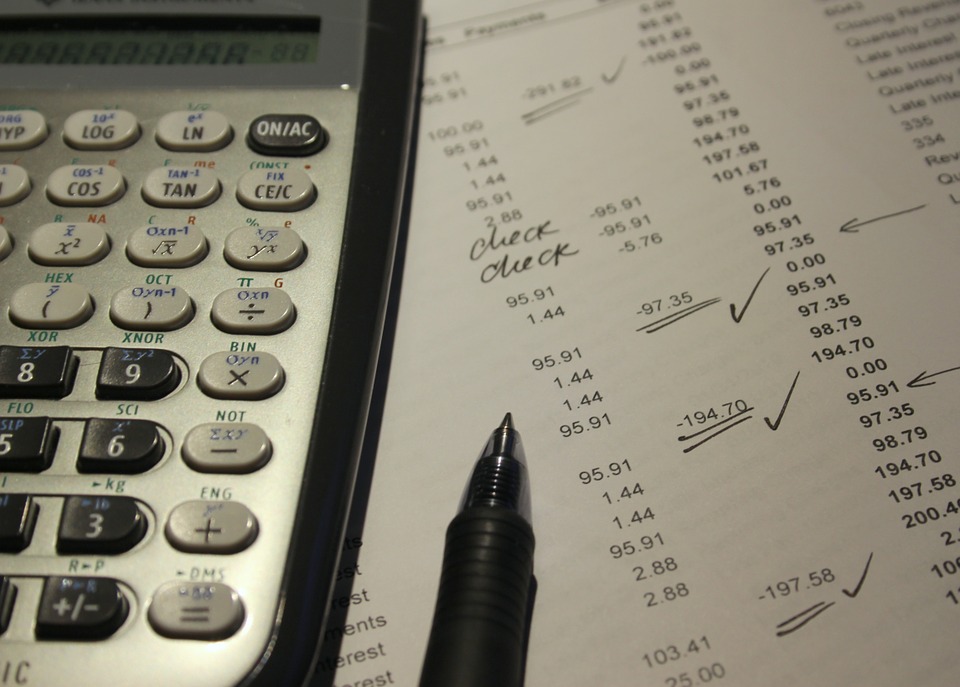How to Reconcile Accounts
As the owner of a small business, you are solely responsible for ensuring that all of your numbers are correct at the end of the day. From spending budgets to employee payroll, your business dollars must add up. When your business needs to prove or document its account balance, this is known as reconciliation accounting. With all of the moving parts contributing to your success, business accounting can be quite a daunting task, but that is what outsourced accounting services like those available from Ignite Spot are for.
What Is the Definition of Reconciliation Accounting?
In simplest terms, reconciling your account is determining how much money your business has in general checking. To do this, it’s important for your business to keep records of each and every transaction that occurs to compile a reconciliation report. Relevant documents like invoices and contracts are often necessary when reconciling your business accounts. Financial reconciliation is vitally important to the growth and development of your business.
How to Do a Bank Reconciliation: Steps in the Accounting Reconciliation Process

The following steps should be in the accounting reconciliation process for a small business:
- Get a copy of the current statement for the account you are reconciling. In most cases, this will be a bank statement or a credit card statement.
- Make sure that last month’s ending balance in your accounting software or ledger shows as the beginning balance on your statement.
- Enter the ending balance from your statement into the corresponding field in your accounting software or ledger.
- Mark all deposits, checks, and other transactions on your bank account as “entered” in your accounting software or ledger if they show up on your statement.
- Add any new transactions from the statement that are not already in your ledger.
- Review any transactions in your records that are not yet on your statement. This would include undeposited payments and uncleared checks. Make sure they are legitimate entries. If not, adjust or remove them as needed.
- Ensure the difference between your adjusted total and the bank balance is $0. If it doesn’t, you have missed transactions or made inappropriate entries and will need to review your transactions again.
- Once complete, print out your reconciliation report and attach it to your bank statement for filing.
By completing these tasks, you are proving that the transactions shown in your account belong in that account, not in another account, and that those transactions are valid. You will also gain a better understanding of the inner workings of your business. Most importantly, financial reconciliation proves that you are maintaining an open and honest business and will help protect you from getting into legal trouble.
Account Reconciliation Example
The sheet used for a reconciliation report would look something like this. (Note: An “x” signifies where the correct amount for each line would appear.)
| Adjustments to cash account in general ledger | ||
|
Balance per cash account in general ledger |
x |
|
|
Adjustments to cash account based on bank statement |
||
|
Add: |
Bank interest |
x |
|
Credit/wire transfers |
x |
|
|
Subtract: |
Bank charges |
x |
|
Standing orders |
x |
|
|
Direct debits |
x |
|
|
Returned checks |
x |
|
|
Add/subtract: |
Errors |
x |
|
Adjusted cash account in general ledger |
x |
|
| Adjustments to balance on bank statement | ||
|
Balance per bank statement |
x |
|
|
Adjustments to bank statement balance (based on accounting records): |
||
|
Add: |
Deposits in transit |
x |
|
Subtract: |
Checks issued that have not cleared |
x |
|
Add/subtract: |
Bank errors |
x |
|
Adjusted balance per bank statement |
x |
|
| Comparison of adjusted balances | ||
|
Adjusted cash account in general ledger |
x |
|
|
Adjusted balance per bank statement |
x |
|
|
Difference |
x |
|
| Items to reconcile | ||
|
Item 1 |
- |
|
|
Item 2 |
- |
|
|
Etc. |
- |
|
|
Total reconciling items |
x |
What Are the Types of Reconciliation?
There are five main types of reconciliation accounting that are used in day-to-day business:
- Bank reconciliation
- Customer reconciliation
- Vendor reconciliation
- Inter-company reconciliation
- Business-specific reconciliation
What Is the Purpose of Bank Reconciliation?
There are a few reasons why bank reconciliation is important for business. The main purposes are:
- Detection of errors like missed payments and calculation mistakes
- Tracking bank fees and penalties in the books
- Discovering theft and fraudulent transactions
- Tracking of accounts payable and receivable
How Often Should You Reconcile Your Bank Account?
Accounts should be reconciled every time you receive a bank statement. Most businesses choose to do reconciliations daily, weekly, or monthly. The best option for your business mostly depends on how many transactions you do. Knowing how to reconcile accounts can be helpful, but you can save time and money by using Ignite Spot’s outsourced accounting services. Our financial experts can perform accounting reconciliations as often as your business needs.
If you want to take control of your small-business finances, have your accounts reconciled by Ignite Spot. We offer online accounting and bookkeeping services that are designed to help your firm become financially sound and, most importantly, profitable! We will take all of your business debits and credits and design a solution that is right for you, all while ensuring that your account records are accurate. No matter what business goals you have, Ignite Spot is here to help you reconcile accounting records and increase profitability. Download our pricing sheet today or give us a call for more information.
Learn More About Similar Accounting Topics
- Understanding the Accrual Accounting Method
- What Does Equity Mean?
- The Difference Between Cash Basis and Accrual Basis Accounting
- The Purpose and Practice of the General Ledger
- How to Write Off Bad Debt
- What Is a Trial Balance?
- What Is a Credit Memo?
- Is Inventory an Asset?
- What Is the Cash Method of Accounting?
- What Is Activity-Based Costing?
- Self-Employment and FICA
- Employer FICA Rates
- Affordable Care Act and Small Business Requirements
- Generally Accepted Accounting Principles (GAAP)
- Know Your Options in Small-Business Finances
- The Effects of Small-Business Bankruptcy
- How Do Small-Business Loans Work?
- The Importance of a Business Plan
- Choosing the Best Small-Business Credit Card
- What Are Retained Earnings?
- What Is a Business Investment, and How Should it Be Accounted For?
- How Hard Is it to Get a Small Business Loan?
- Understanding Different Entity Types
- How Much Capital Is Needed to Start a Small Business?
- Getting Involved in Business and Community Organizations
- What Are Business Liabilities?
- What Is Business and Financial Leverage?
Written by Eddy Hood









.png)



